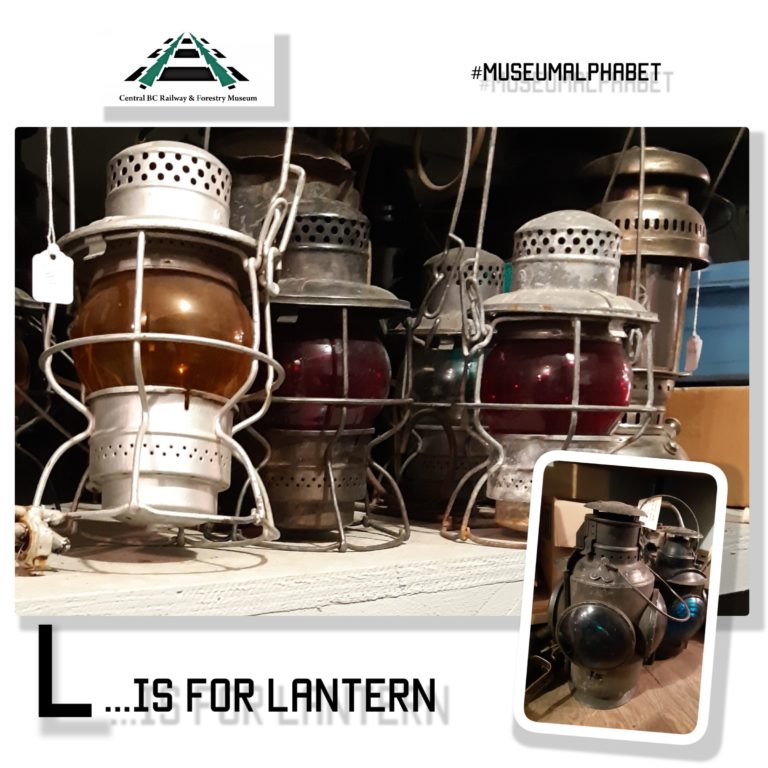
L is for Lantern
At Central BC Railway and Forestry Museum we have many examples of Railway and Switch Lanterns.
Signals often varied depending on the country or railway company who used them, but in general a red flag or light meant stop, green meant go and amber to slow down.
In addition, in the USA, moving the lamp up and down vertically was a signal to proceed; moving them across the track was a signal to stop; moving them in a circle was a signal to back up; or holding the lamp out steadily was a signal to reduce speed and take caution.
In Canada, in the past, since passengers were a rarity at small town stations, the train would not stop unless it was flagged down. When passengers wanted the train to stop they used a green and white lantern side-by-side.
Explore more items of our collection
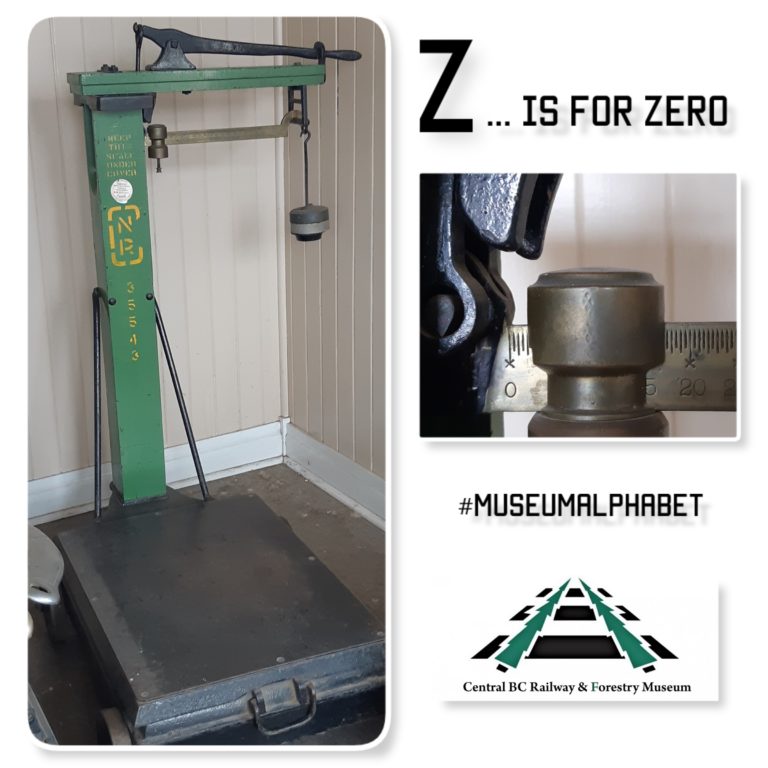
Z is for Zero Of course!
Read More >>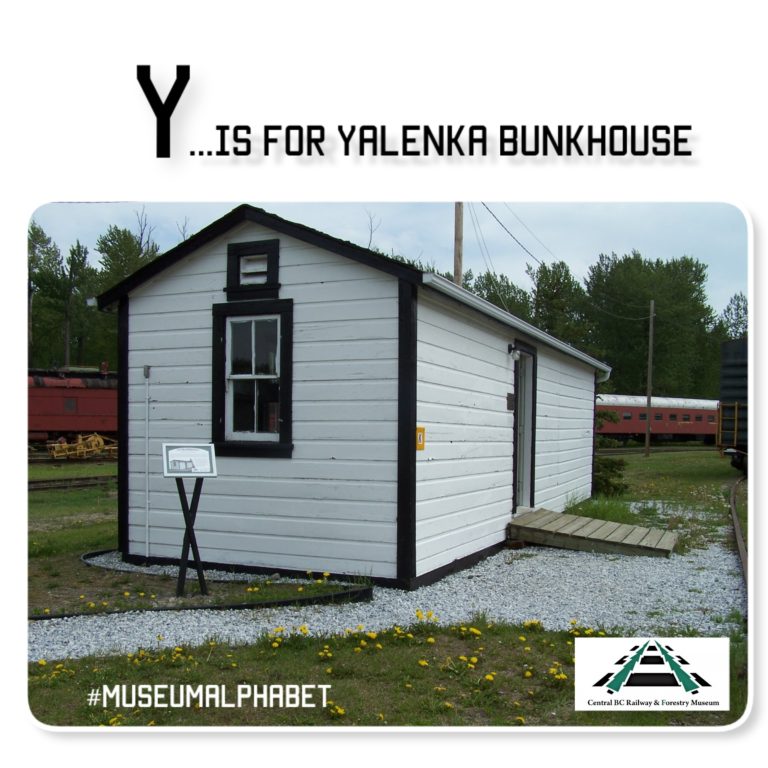
Y is for Yalenka Bunkhouse
Read More >>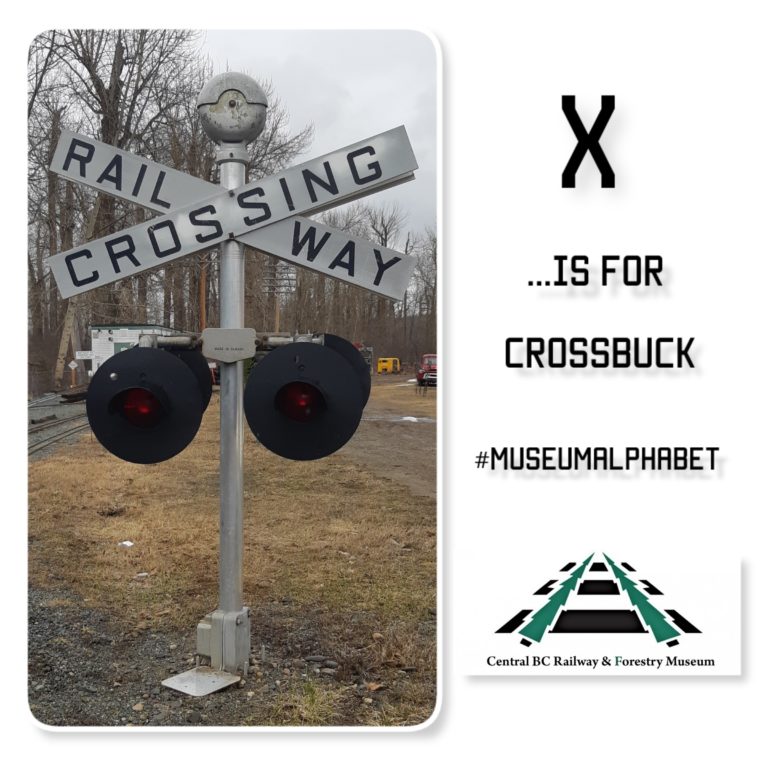
X is for Crossbuck
Read More >>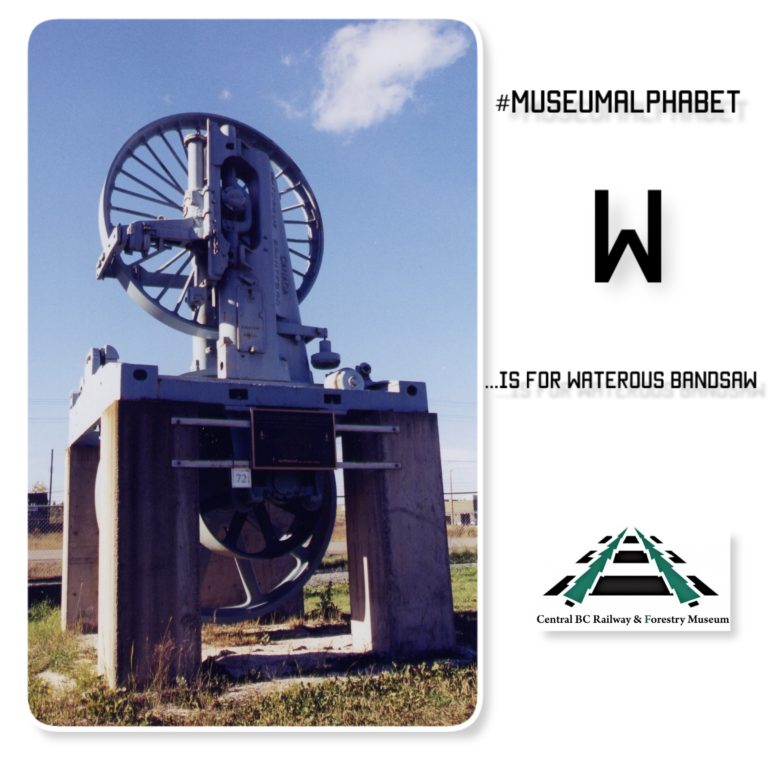
W is for Waterous Bandsaw
Read More >>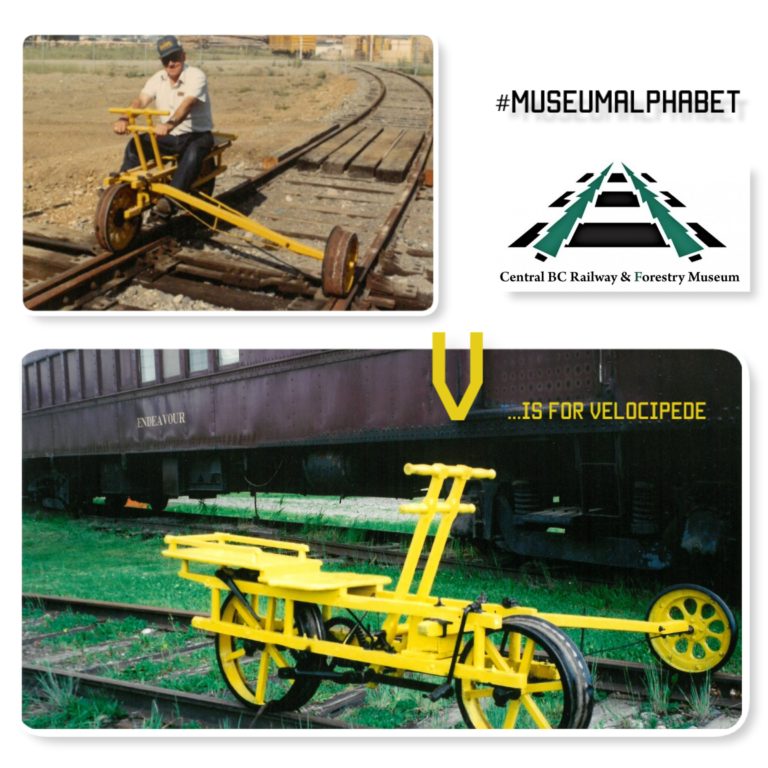
V is for Velocipede
Read More >>
U is for Uniform
Read More >>
T is for Teletype
Read More >>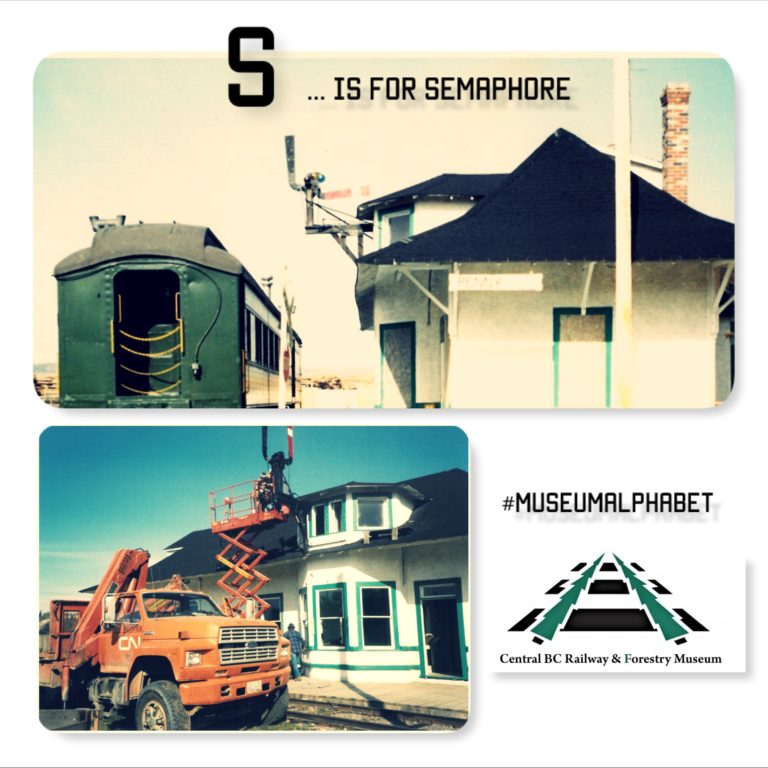
S is for Semaphore
Read More >>
R is for Rustad Brothers' Arch Truck
Read More >>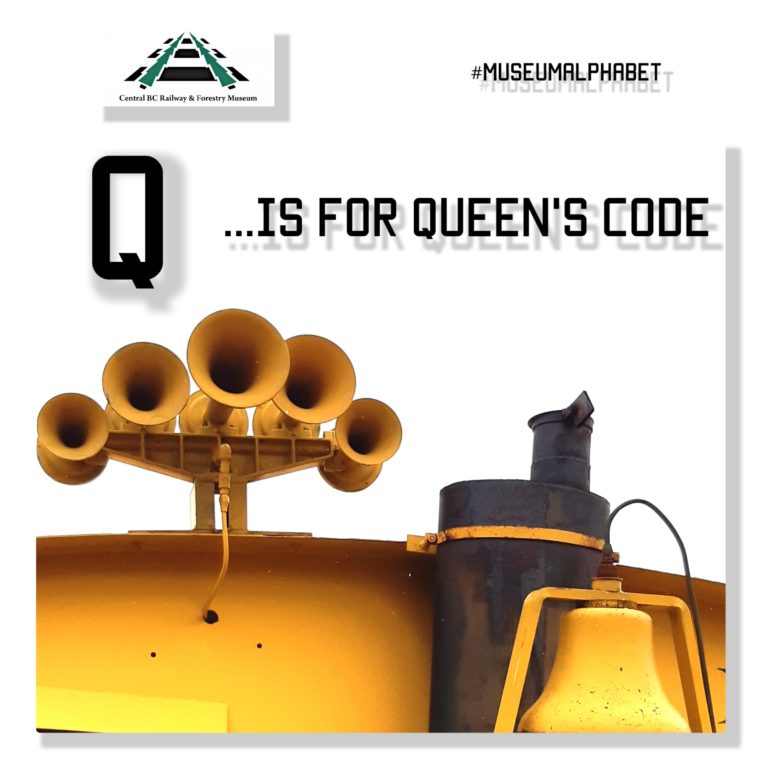
Q is for Queen's Code
Read More >>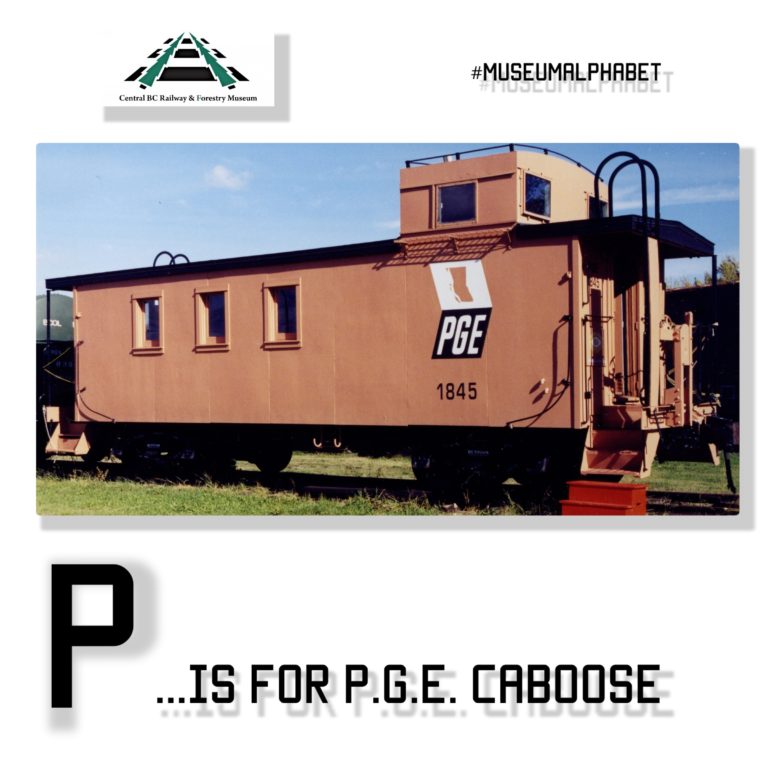
P is for P.G.E Caboose
Read More >>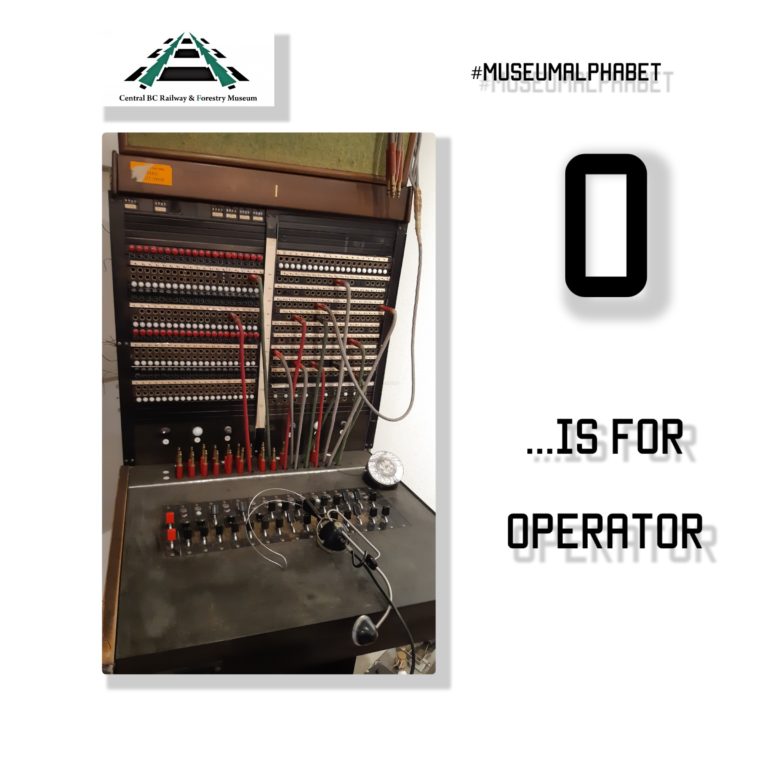
O is for Operator
Read More >>
N is for Northwood #101
Read More >>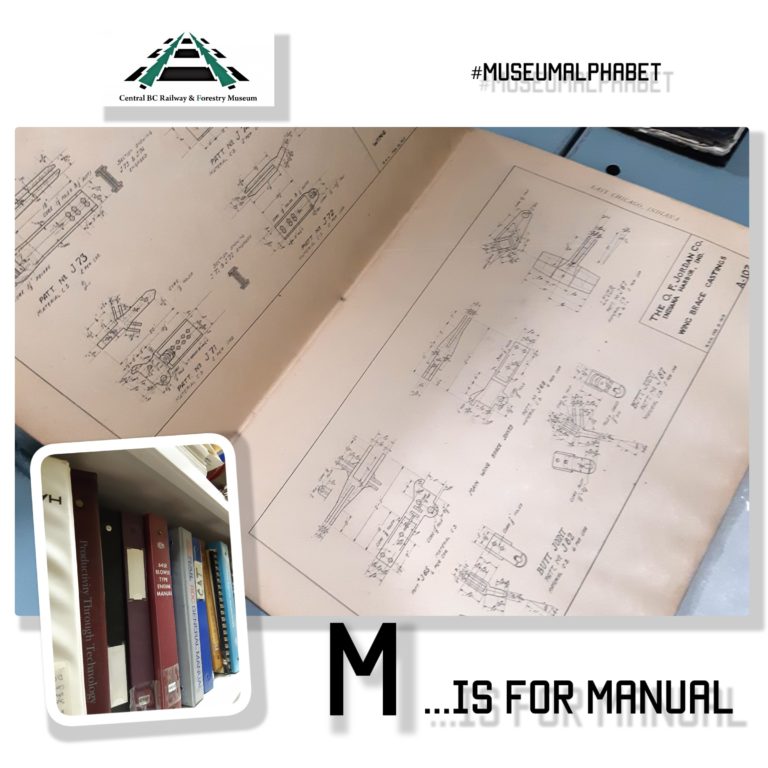
M is for Manual
Read More >>
L is for Lantern
Read More >>
K is for Kitchen
Read More >>
J is for Jordan Spreader
Read More >>



